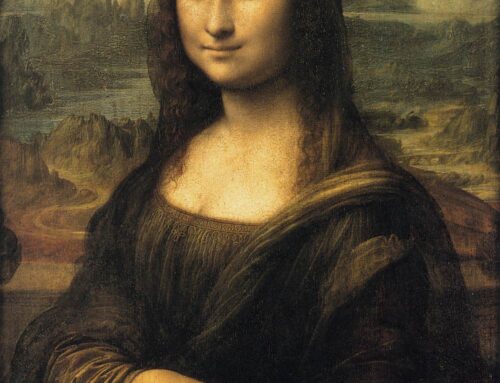Thinking on time at the origins of physics: what changes and what remains the same.
When the father creator saw the creature which he had made moving and living, the created image of the eternal gods, he rejoiced, and in his joy determined to make the copy still more like the original; and as this was eternal, he sought to make the universe eternal, so far as might be. Now the nature of the ideal being was everlasting, but to bestow this attribute in its fulness upon a creature was impossible. Wherefore he resolved to have a moving image of eternity, and when he set in order the heaven, he made this image eternal but moving according to number, while eternity itself rests in unity; and this image we call time. For there were no days and nights and months and years before the heaven was created, but when he constructed the heaven he created them also. They are all parts of time, and the past and future are created species of time, which we unconsciously but wrongly transfer to the eternal essence; for we say that he “was,” he “is,” he “will be,” but the truth is that “is” alone is properly attributed to him, and that “was” and “will be” only to be spoken of becoming in time, for they are motions, but that which is immovably the same cannot become older or younger by time, nor ever did or has become, or hereafter will be, older or younger, nor is subject at all to any of those states which affect moving and sensible things and of which generation is the cause. These are the forms of time, which imitates eternity and revolves according to a law of number.
Plato, Timaeus 37c-d; trans. B. Jowett
—————————-
When, therefore, we perceive the ‘now’ one, and neither as before and after in a motion nor as an identity but in relation to a ‘before’ and an ‘after’, no time is thought to have elapsed, because there has been no motion either. On the other hand, when we do perceive a ‘before’ and an ‘after’, then we say that there is time. For time is just this — number of motion in respect of ‘before’ and ‘after’.
Hence time is not movement, but only movement in so far as it admits of enumeration. A proof of this: we discriminate the more or the less by number, but more or less movement by time. Time then is a kind of number. (Number, we must note, is used in two senses-both of what is counted or the countable and also of that with which we count. Time obviously is what is counted, not that with which we count: there are different kinds of thing.) Just as motion is a perpetual succession, so also is time. But every simultaneous time is self-identical; for the ‘now’ as a subject is an identity, but it accepts different attributes. The ‘now’ measures time, in so far as time involves the ‘before and after’.
Aristotle, Physics 219a-b, trans. R.P. Hardie and R.K. Gaye









Leave A Comment